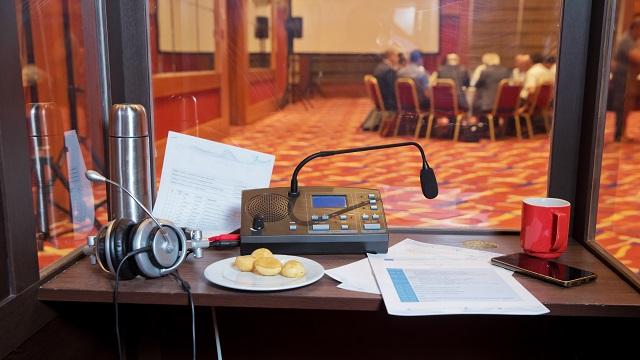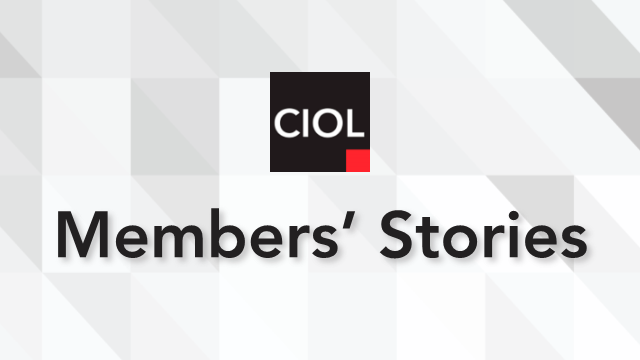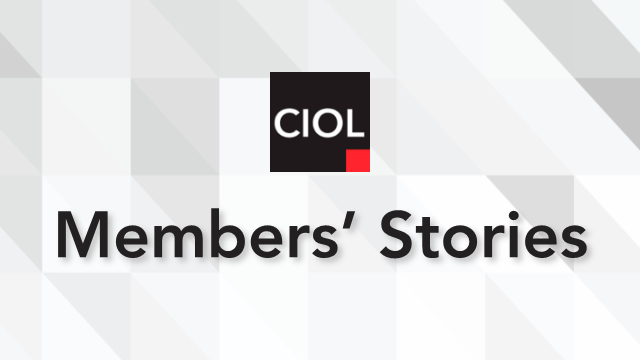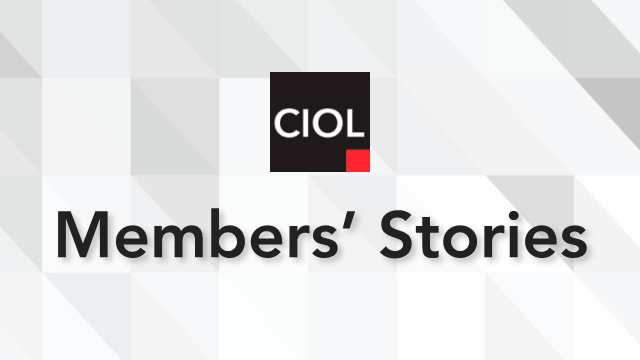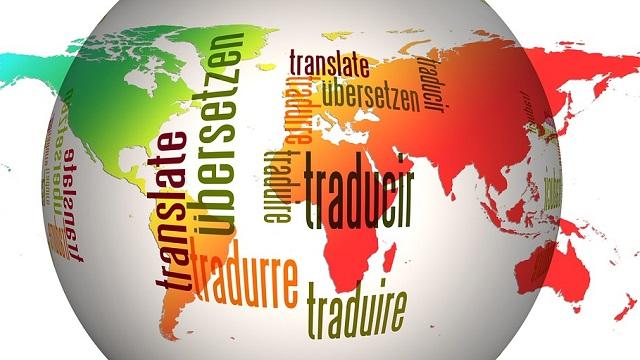In this article, our CIOL Corporate Partner Louise Killeen Translations (LKT) show how they help early career translators either become staff or develop their skills to become successful freelance translators.
 On our website and in published articles, we’ve talked extensively about our unique Translator Academy model and how we use it to transform our new recruits into fully fledged translators who are able to handle every aspect of a translation project independently. Some of this model’s graduates have remained part of our in-house team; others have gone on to establish successful freelance careers and become members of our pool of external partners.
On our website and in published articles, we’ve talked extensively about our unique Translator Academy model and how we use it to transform our new recruits into fully fledged translators who are able to handle every aspect of a translation project independently. Some of this model’s graduates have remained part of our in-house team; others have gone on to establish successful freelance careers and become members of our pool of external partners.
The mentorship concept behind the Translator Academy is all about providing a constant source of support and advice, with the mentor providing input on every single project and the mentee’s work consistently undergoing full revision before going out to the customer. While the ultimate aim is for the mentee to take on their projects independently so that they no longer need that safety net, cutting someone entirely adrift after they’ve reached the end of their training isn’t what our team philosophy is about. Otherwise, the people working on our projects would become simply a network of floating, independent vessels – they might all be aiming for the same goal of delivering excellent translations, but they wouldn’t have that feeling of being part of something; the reassurance that there is access to a rope that provides a source of support even if it isn’t permanently tethered to the dock.
That’s where our peer review and feedback system comes in. This essentially picks up from the point at which our Translator Academy model ends, as it’s designed to ensure that every member of the team, no matter how senior, benefits from regular feedback. Some members of our in-house team and external partners have been working as translators for fifteen or even twenty years, but they will be the first to tell you that passing a certain point in your career doesn’t mean that you’ll never make a typo or misread a source sentence again. It really does happen to the best of us.
A peer review is the process of revising a job and providing in-depth feedback on the translator’s work. The revision process is one that all of us in-house complete every day for customers who request that their translations are looked at by a second pair of eyes before delivery (which is why this type of project is often labelled as Vier-Augen in German): it involves the translator being paired up with a reviser who works through the translated text and checks a whole host of aspects, including whether terminology has been used correctly and whether the writing style is appropriate for the type of text.
Peer reviews, which are scheduled regularly for every member of the team, add an extra stage that allows us to monitor quality and maintain the spirit of working as part of a team. If the reviser is carrying out a peer review on top of the revision process, they compile detailed feedback in a separate file as they are revising the translated text. Each feedback point shows the issue in context (usually taking the form of a screenshot from the file or CAT tool) and contains a description of the reviser’s thoughts and how they approached the translated text. Although the feedback points are intended to point out mistakes (because you can’t correct what you’re doing wrong if you don’t know you’re doing it), revisers also take the opportunity to point out solutions the translator found that they thought were particularly good. That’s just one reason why the revision process benefits both parties – translators can learn from the input of someone else, and revisers can pick up tips and squirrel them away for use in their own translations. And it’s also why we think it’s important for team members with fewer years of experience under their belts to revise translations produced by more established members of the team – think of it like an apprentice learning from a well-practised joiner fitting a kitchen.
In the case of in-house projects, the translator and reviser put their heads together to discuss the feedback once it has been compiled and the reviser has had a chance to look it over. Particularly at a time when we’re all experiencing life in our own separate bubbles, this stage is a great way for the in-house team members to touch base and chat to another human! Pre-pandemic, the discussions took place either in the office if both team members were on site, or by phone if they were in separate locations – but now that the LKTeam has discovered the joys of video calls, Zoom and WhatsApp have provided an added personal dimension.
When it comes to projects completed by external partners, the process is very similar and reviews are also scheduled at least quarterly. When an in-house reviser has finished compiling feedback for an external partner, they send over the feedback file along with a cover email that provides overall impressions of the work that has been done on the project. The external partner then has the opportunity to discuss any of the points that have been raised. Something our external partners know, however, is that this isn’t their only opportunity for discussion: if their project is going to be revised either in the context of a peer review or as a Vier-Augen project for compliance with ISO 17100, they always know in advance who their reviser will be and can ask that person for their input on any aspects of the translation before it’s completed and sent back to us. And they can drop the team a line for advice on any translation – just like the in-house team members can ask one another for advice in the online messenger group we’ve set up for exactly this purpose.
To take a specific example, a project for a major customer of ours was recently translated by Helen, one of our external partners (and former in-house team member), and revised by Jenny, one of our senior translators and a member of the LKTeam for nine years now. Here’s what they have to say about the peer review process:
Helen: “In our industry, we’re often told that the best feedback you can get is a returning customer. That’s obviously brilliant, but structured feedback is also vital to help us to hone our skills and highlight any weaker areas. My most recent peer review – a sometimes verbose GDPR-related text – with Jenny was a great example of this. I was able to submit a detailed notes file with my thoughts on certain terms and segments and received a feedback file in return, with full explanations for any changes made. After getting a bit bogged down with a couple of the longer, seemingly never-ending sentences, it was really useful to see exactly how someone else tackled them and also reassuring to see that she agreed with my choices.”
Jenny: “Compiling feedback for our external partners really helps to hone your skills as a reviser: if you can’t justify why you’re making a change, perhaps you shouldn’t be making it at all. I also try to pick out examples of sentences that I think work particularly well – reading someone else’s work can often give you ideas for how to approach translation challenges in the future.”
Peer reviews don’t happen in every Vier-Augen project, but they are a regular feature for everyone in the team, whether they’re an in-house employee or an external partner. And if a customer has requested revision, we work through the process in the same way regardless of whether the text is being peer-reviewed – so our level of quality control is always the same. What the peer review element does is add a layer of feedback that we use to continuously monitor and improve quality – in addition to reminding team members that they aren’t working in isolation, it provides an added-value service for our customers, who reap the benefits our team members gain from having their work regularly reviewed and discussed in the context of active and constructive dialogue with their peers.

